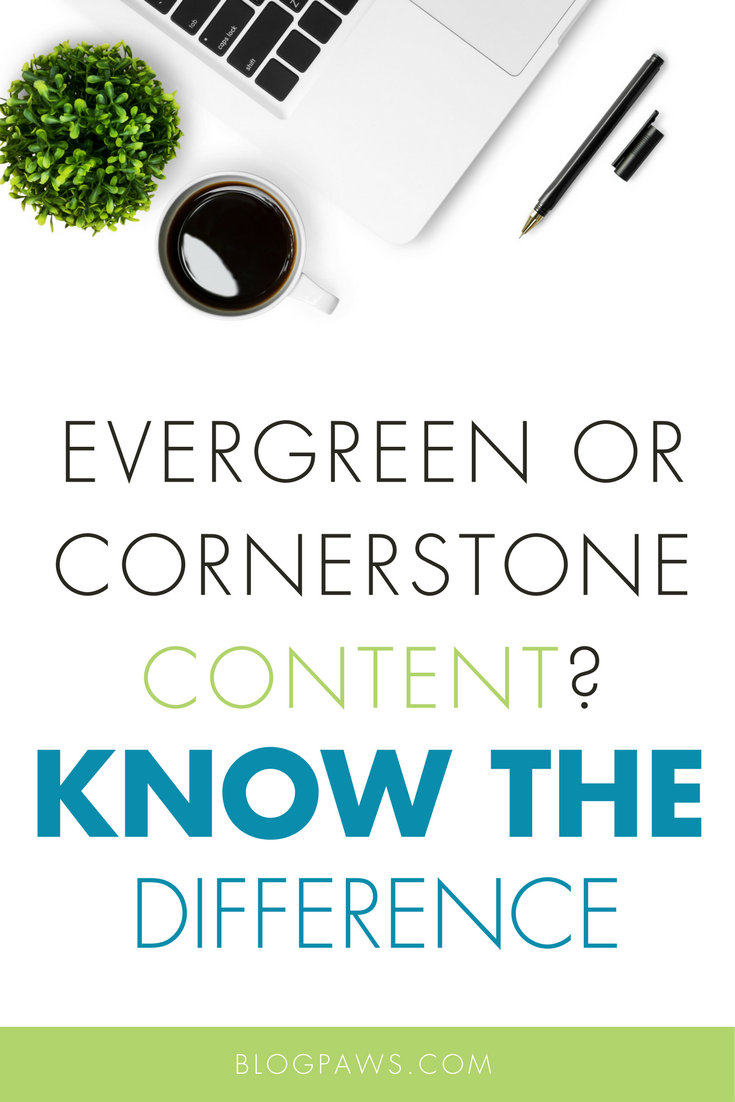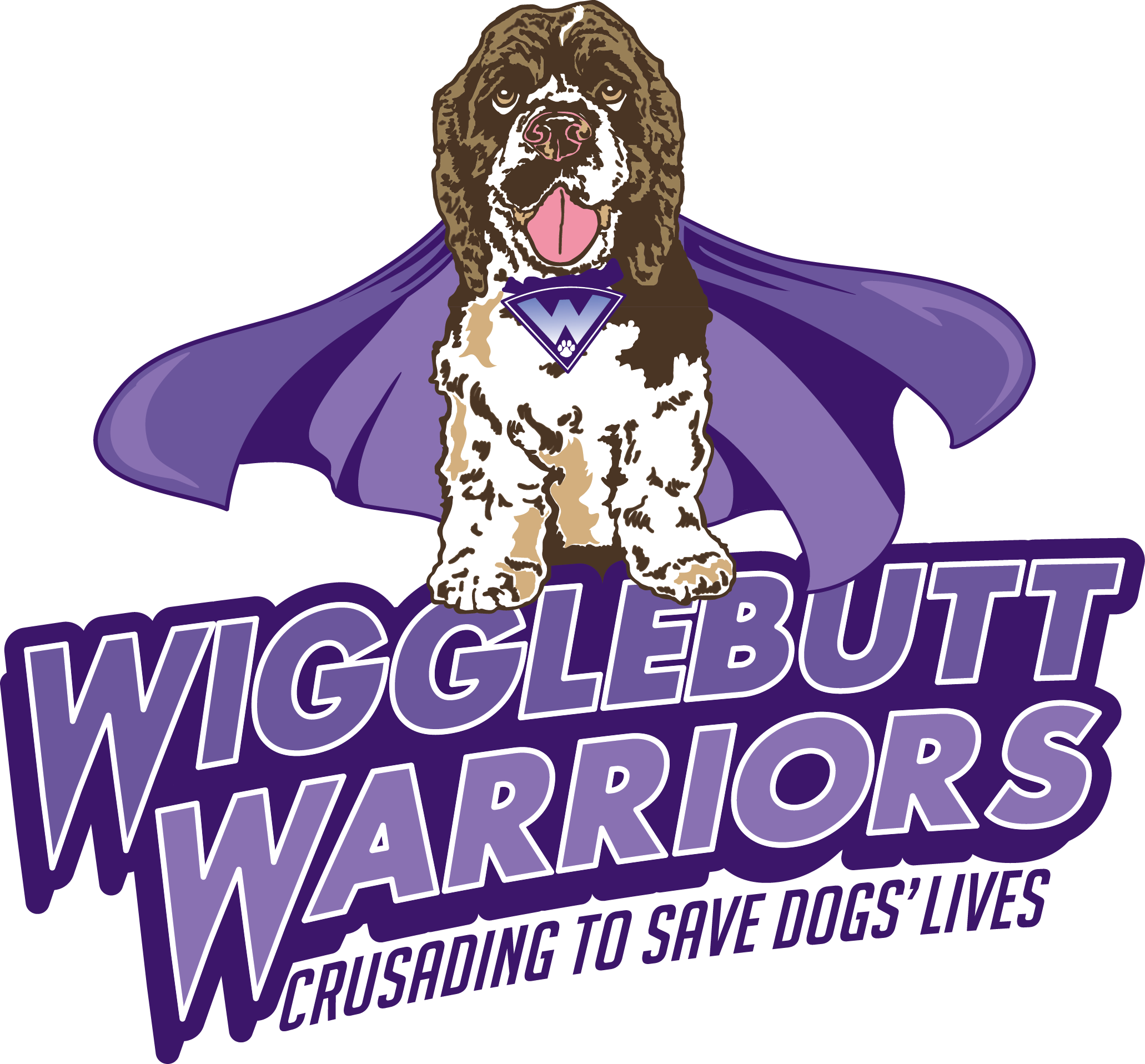How (and When) to Create Evergreen or Cornerstone Content
Building a successful blog requires several different types of content.
Your strategy should include a mix that stays true to your brand and mission, while providing fresh content to your audience.
Two of the most important pieces to your overall strategy are your evergreen posts and your cornerstone content.
If you’re new to blogging or just new to those terms, we’re going to unpack the concepts for you in this post, starting with some basic definitions.
Cornerstone Content
According to search expert Yoast, “Cornerstone content pieces are those articles on your website you’re most proud of. They reflect your business, communicate your mission and are extremely well written. These are the articles you would like to rank high in the search engines. Cornerstone articles are usually explainers; these articles combine insights from different blog posts.”
You won’t have many of these. Yoast suggests four or five posts—total! These are the posts you want every new reader to see, and these are the posts that should be optimized for search to attract those newbies in the first place.
Copyblogger’s take reinforces the importance of developing top-notch cornerstone content, “A cornerstone is something that is basic, essential, indispensable, and the chief foundation upon which something is constructed or developed. It’s what people need to know to make use of your website and do business with you.”
Cornerstone content must be the best-written, best-linked, best-illustrated posts on your site. These posts need to be purposeful, so spend some time thinking about what best forms the cornerstones of your website.
Evergreen Content
Let’s start with Buffer’s definition: “Evergreen content is quality, useful content that is relevant to readers for a long period of time…. There is no specific length of time for how long evergreen content remains relevant. Some evergreen content lasts forever. Some lasts a year or two. As long as the post can be linked to and gain traffic long after it is originally published, it qualifies as evergreen.”
The benefit to evergreen content is that it continues to drive traffic for a long while after it’s been published.
How do you know if a post is evergreen? As you’re creating, pose the question: Will this post still be relevant in three months? Six? Next year? If the answer is no, the post isn’t evergreen.
Let’s look at an example in the pet blogging space.
Let’s say you cover pet adoption. It’s a key piece of your brand and mission. A post featuring adoptable pets currently in your shelter won’t be evergreen because those pets (hopefully) won’t be up for adoption still. However, but a post about how shelters can better market adoptable pets would be evergreen (and it might even be a piece of your cornerstone content!).
When it comes to distinguishing between cornerstone and evergreen content, here’s the key: Cornerstone content should be evergreen so that its relevance has a long tail. However, not all evergreen content is (or should be) cornerstone content.
You should produce four or five pieces of cornerstone content that are relevant to your mission, vision, and values. Regularly maintain these posts by updating links or images, refreshing the copy, and promoting across channels.
You should produce evergreen content regularly. It should be a post type that’s in constant rotation in your regular editorial calendar.
One final note: These aren’t the only types of blog posts you should be writing, of course. You might have timely posts, like “this week’s adoptable pets,” product reviews and giveaways, or a holiday gift guide. You might include news or trend coverage, interviews, or spotlights—some of which could be evergreen but probably not if you’re focused on what’s hot now. Leave a comment below if you’d like us to dig into other types of blog posts!
Ultimately, though, both cornerstone content and evergreen posts should be key pieces to your overall blog strategy and branding.
Your Turn
What questions do you have about the distinctions between the two types of content? Or, leave a link below to a post you consider a cornerstone piece!
Image: ArthurStock/Shutterstock.com





